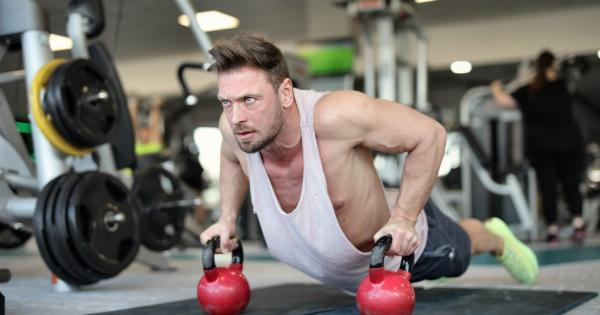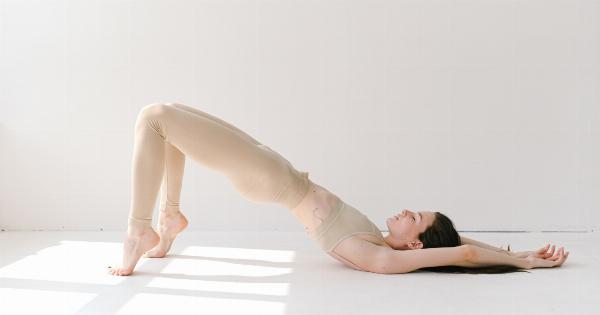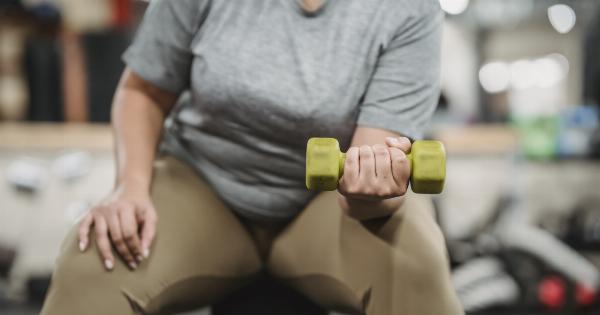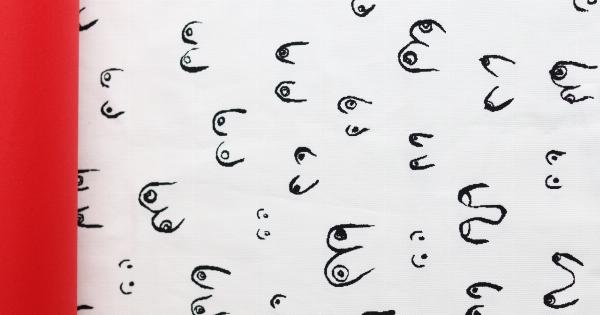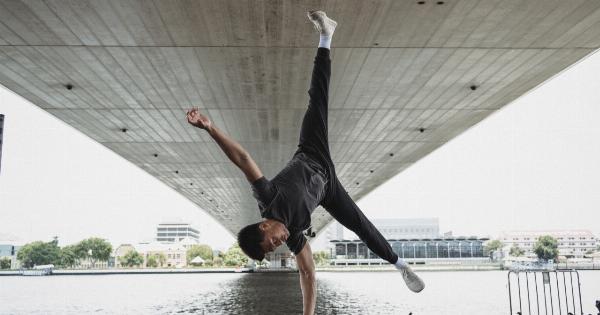Heart contractions are a normal part of our everyday life. However, there are certain factors that can lead to an increased occurrence of heart contractions, specifically triggered by breast-related activities.
In this article, we will delve into the hidden mystery behind these contractions and explore the nine factors that can contribute to this phenomenon.
1. Physical Exertion
Engaging in intense physical activities such as running, jumping, or lifting heavy objects can stimulate heart contractions. It has been observed that women with larger breasts may experience a higher frequency of contractions during these activities.
2. Improper Support
Wearing ill-fitted or non-supportive bras can lead to increased breast movement during physical activities. This excessive movement can stimulate the heart and result in contractions.
It is important to choose a bra that offers proper support to minimize this risk.
3. Sudden Movements
Performing sudden movements, such as abruptly stopping or changing directions during exercise, can cause the breasts to move vigorously. The increased movement can trigger heart contractions, particularly in individuals with larger breasts.
4. Anxiety and Stress
Emotional factors, such as anxiety and stress, can also contribute to breast-triggered heart contractions. These psychological states can alter the body’s hormone levels and increase heart rate, leading to a higher likelihood of contractions.
5. Hormonal Changes
Fluctuations in hormone levels, especially during menstruation or pregnancy, can affect the density and sensitivity of breast tissues. These changes can increase the likelihood of breast-triggered heart contractions.
6. Caffeine and Stimulants
Consuming excessive amounts of caffeine or other stimulants can intensify heart contractions and make them more frequent. These substances can also affect breast tissues and potentially exacerbate the triggering effect.
7. Certain Medications
Some medications, such as hormone therapies or those used to treat hormonal disorders, can affect heart function and increase the likelihood of experiencing breast-triggered heart contractions.
It is important to discuss potential side effects with your healthcare provider.
8. Breast Size and Weight
The size and weight of breasts can influence the occurrence of heart contractions. Larger breasts may experience more movement during physical activities, increasing the likelihood of triggering contractions.
9. Overall Physical Fitness
Poor cardiovascular fitness can make the heart more susceptible to contractions triggered by breast-related activities. Regular exercise and maintaining a healthy lifestyle can reduce the frequency and intensity of these contractions.






